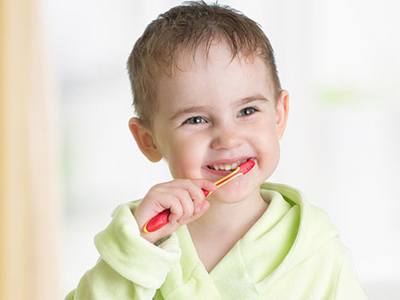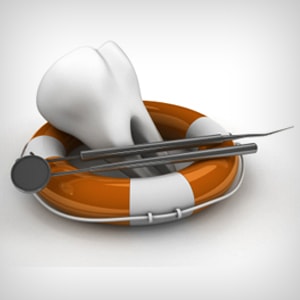How To Brush Your Teeth

Brushing Importance And Techniques
Keeping a clean mouth helps prevent cavities, infection and gum disease. Cultivate the habit of taking care of your child/children’s teeth as soon as the first tooth erupts. Ideally, the teeth should be brushed after every time we eat or drink. This is because the teeth are exposed to acids and bacteria that are in the food and drinks. The acids break down the enamel, which leads to the decay process spreading to the underlying structures of the teeth. If brushing after every meal is not possible, you may chew gum which contains xylitol. Xylitol is a sweetener which also neutralizes acid and kills bacteria in the mouth.
Before any teeth erupt, you may clean the baby’s gums by taking a damp cloth or gauze rubbing it over their gums to remove any food debris. Once a tooth erupts in to the mouth, it is time to begin using an age appropriate tooth brush.
Create a Routine
Train the child to understand brushing is a daily routine. Age appropriate toothbrushes, spinning brushes, electric toothbrushes, musical toothbrushes are all acceptable means to brushing. However, only the areas which get “touched” by the bristles of the brush are the areas which get properly cleaned. Therefore, no matter what type of toothbrush is used, the technique of touching every area of each tooth is the most important factor in proper and thorough brushing. Whatever type of brush motivates the child to brush is recommended, but no toothbrush is effective unless proper techniques are used. Also, parents should oversee and aid in a child’s toothbrushing until about the age of 8 years. This is due to the fact that until that age, manual dexterity has not developed well enough for the child to be able to properly clean each area of the tooth.
Remember the saying “You only clean the areas you touch”.
When to Brush
Again, ideally brushing after every meal is most effective. Practically speaking, brushing twice a day is more realistic. It is extremely important to brush before going to sleep and once you wake up. This is important because when we are sleeping, the salivary flow rate slows down and the natural cleansing mechanism of the saliva is less effective. If the teeth have food debris on them before going to sleep, the bacteria of the mouth combined with the carbohydrates in the food debris will combine to form the acid which eats away at the enamel. With saliva flow at a minimum, this acid becomes much more concentrated and more detrimental to the enamel. The same is true when we awake from sleeping. If the teeth are not cleaned after saliva flow has not been naturally rinsing during sleep, the acid formation needs to be removed from the teeth.
Visual inspection of the toothbrush is important. Try to replace the your child’s toothbrush every three to four months or as bristles lose their shape.
Selecting Toothpaste
It is recommended that a toothpaste containing fluoride be used. For infants and toddlers who are not able to spit out the toothpaste, it is recommended that a small “pea” size amount of fluoridated toothpaste be used. Fluoride is extremely important in strengthening the tooth enamel.
Flossing
Flossing is just as important as brushing and should be incorporated in to the child’s brushing routine. The toothbrush bristles can clean every surface of the tooth except the area of contact between teeth. These areas are very prone to decay and if flossing is not performed regularly, even the best brushers can still get cavities.
Brushing Techniques
- Squeeze only small amount of toothpaste.
- Set the brush at an angle of 45 degrees and brush gently for about two to three minutes; top left, top right, bottom left, and bottom right.
- Brush the inner surface of teeth, the most skipped area is inside of the lower front teeth.
- Brush in circular motions and up and down motions.
- Rinse thoroughly after brushing with water. Mouthwash can also be used after brushing but should not be substituted for brushing.











 Post-Op Instructions
Post-Op Instructions
 Prevention
Prevention
 Restoration
Restoration
 Orthodontics
Orthodontics
 Our Services
Our Services




